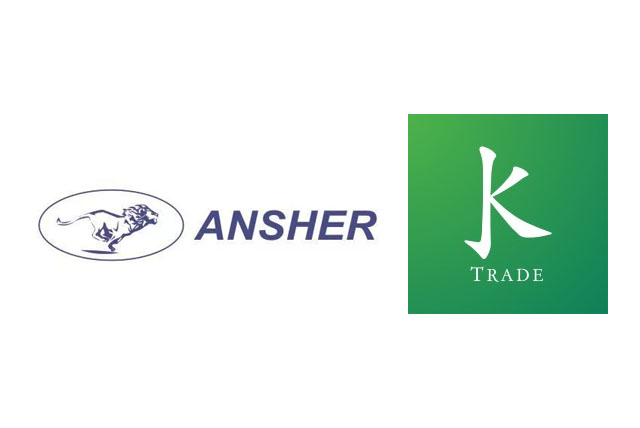April 9, 2019 (MLN): The government has identified four priority areas for early actions to promote financial markets for taking up a more dynamic engagement in leveraging socio-economic growth, according to the draft midterm economic framework released by the government.
The framework titled “A Roadmap for Stability, Growth and Productive Employment” envisages, diversifying the ownership of government securities to outside the commercial banks.
According to the report, the extremely short-term deployment of government securities, with 60 percent of the total bunched at three-month maturities, also has to be lengthened as in the current structure, the market runs very significant liquidity risks, given the rising volume and shortened time-frame, of maturing debt while the government runs the risk of rates being forced up by banks who have become monopolist buyers.
The framework also envisages, reversing the past neglect of Development Finance Sector by contributing more intently on capacity-building area, enhancing productivity; and in assisting in developing market-access and formation of supply-chains etc.
Third, expansion of electronic banking can help Pakistan leapfrog the stages of conventional banking products and services development.
In addition, the framework aimed at reducing government’s financial liabilities for public projects through greater resort of Public-Private Partnership (PPP).
Presently an overwhelming number of government infrastructure projects were funded either directly through budget, or indirectly through provision of sovereign guarantees.
There are significantly possibilities that many of these could be implemented under appropriate PPP arrangement, which would reduce government’s liability a limited part of the project cost (the “Viability Gap”), it added.
The institutionalization of this capacity was now being addressed by the government on priority basis, but needed fine-tuning and regulatory/fiscal adjustments.
In addition, to plug the gap in the financial markets for financing large infrastructure projects, the Pakistan Development Fund (PDF) has been established and negotiations with International Finance Corporation are taking place to set up an Infrastructure Development Fund in which PDF would participate.
Such a facility could also spur the capital market since that would be its main conduit for raising capital.
According to the framework, relative to GDP, and to other countries in the region, Pakistan’s financial sector has stagnated for the last two decades.
Key benchmarks for measuring financial inter-mediation, such as private credit, bank deposits and advances have failed to keep pace with the requirements of the economy.
Secondary financial markets have not developed. The development sectors (SME, Agriculture and Housing) remain largely un-integrated into banking markets. With time, the gap between what is needed for inclusive development and what we have, has grown steadily.
Overwhelmingly controlled by the commercial banks, loanable funds in the economy are dominated by direct and indirect lending to the government (65 percent), with much of the rest allocated to the Large-Scale Manufacturing (LSM) sector.
Only about 12 percent is made available to the ‘development’ sectors, i.e. SME, Agriculture and Housing, where the needs of the bulk of country’s our population lie.
(APP)
27323







